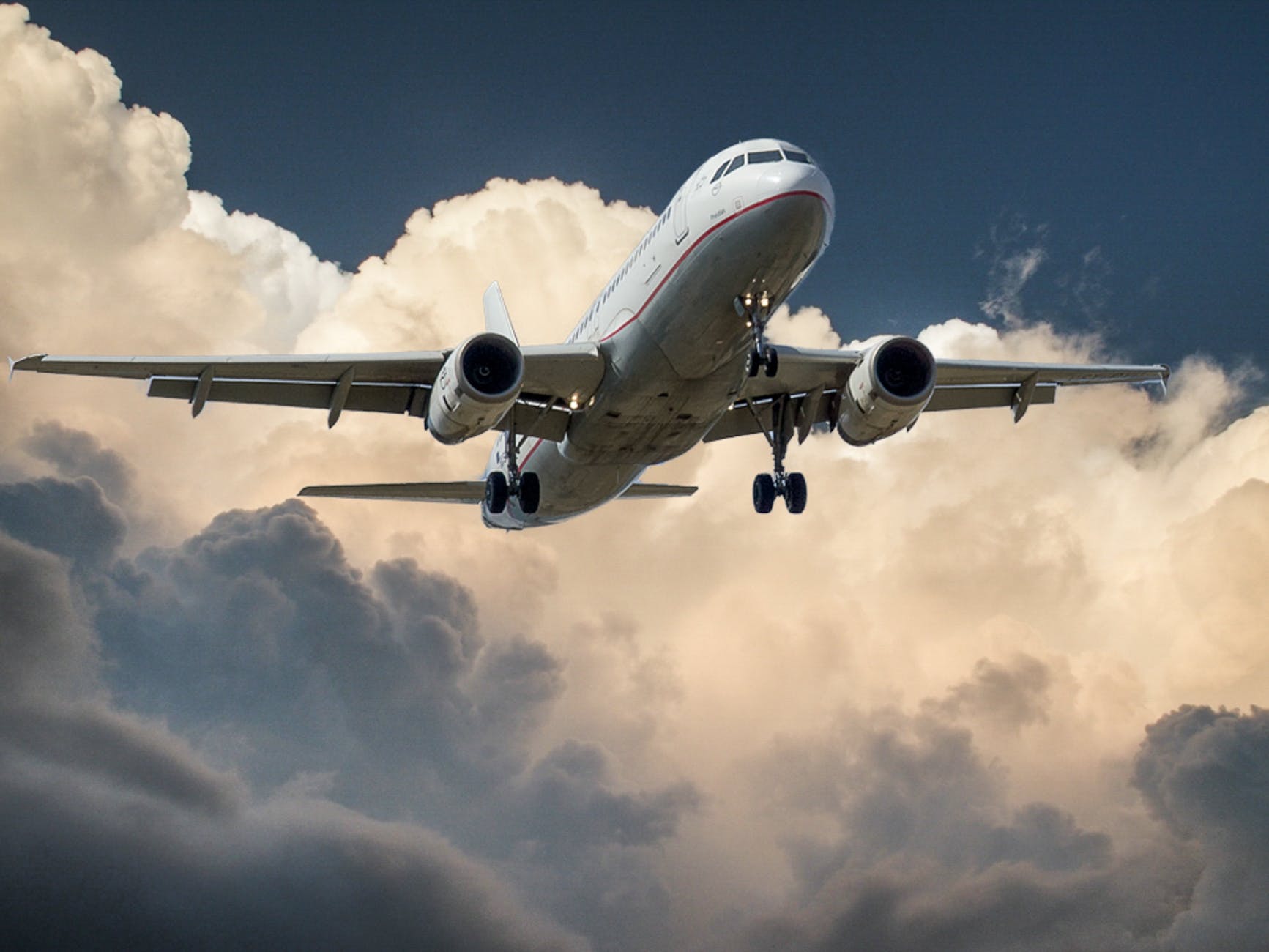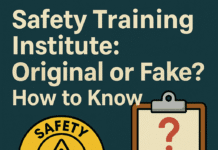
Aviation Safety Certification: Ensuring the Skies Stay Safe
Aviation Safety Certification : In today’s fast-paced world, aviation safety is of paramount importance. With millions of people flying each day, ensuring the safety of passengers and crew members is a top priority. Aviation safety certification plays a vital role in maintaining high safety standards in the aviation industry. In this article, we’ll delve into the world of aviation safety certification, exploring its significance, the rigorous processes involved, and how it impacts the entire aviation ecosystem.
Introduction
Aviation safety is the cornerstone of the aviation industry, ensuring that each flight takes off and lands safely. It encompasses a wide range of measures, from aircraft design and manufacturing to pilot training and air traffic control. At the heart of aviation safety lies certification, a rigorous process that guarantees that all components, personnel, and procedures adhere to the highest safety standards.
The Importance of Aviation Safety
The significance of aviation safety cannot be overstated. It directly impacts the lives of millions of travelers worldwide. It instills confidence in passengers, making them feel secure during their journeys. Moreover, it contributes to the industry’s growth by attracting more passengers and investors.
Regulatory Bodies and Standards
International Civil Aviation Organization (ICAO)
ICAO, a specialized agency of the United Nations, plays a pivotal role in setting global aviation safety standards. It collaborates with member states to develop regulations and guidelines that ensure a consistent and high level of aviation safety across the globe.
Federal Aviation Administration (FAA)
The FAA, a U.S. government agency, is responsible for regulating and overseeing civil aviation within the United States. Its stringent certification process is considered a gold standard in the industry.
Certification Process
The aviation safety certification process is multifaceted, involving various aspects of the aviation ecosystem.
Aircraft Design and Manufacturing
Aircraft manufacturers must adhere to strict safety standards during the design and manufacturing phases. This ensures that every aircraft that takes to the skies is built to withstand the rigors of flight.
Maintenance and Repairs
Routine maintenance and repairs are essential for aircraft safety. Technicians must be certified to perform these tasks, ensuring that aircraft remain in optimal condition.
Training and Education
Pilot Certification
Pilots undergo extensive training and must obtain certification before operating an aircraft. This process includes simulator training, written exams, and flight hours to ensure competency.
Maintenance Technician Certification
Maintenance technicians are responsible for keeping aircraft in top shape. They must pass rigorous certification exams to demonstrate their expertise in aircraft maintenance.
Continuous Monitoring and Auditing
The aviation industry continuously monitors and audits safety practices to identify and rectify potential issues promptly. This ongoing process helps maintain the highest safety standards.
Advancements in Aviation Safety
Technology Integration
The integration of advanced technologies, such as AI and predictive maintenance, has significantly enhanced aviation safety by predicting potential issues before they become critical.
Human Factors
Understanding human behavior and its impact on safety is crucial. Training programs now incorporate human factors to minimize errors caused by human actions.
Challenges in Aviation Safety Certification
While aviation safety certification has come a long way, it still faces challenges. Keeping up with rapidly evolving technology and addressing new threats, such as cybersecurity, are ongoing challenges in the field.
Future Trends and Innovations
The future of aviation safety certification looks promising. Innovations in materials, data analytics, and automation are set to further enhance safety in the industry.
Conclusion
Aviation safety certification is the backbone of a secure and thriving aviation industry. It involves stringent processes, regulatory bodies, and continuous improvements to ensure that every flight takes off and lands safely. As technology continues to advance, we can expect even higher levels of safety in the skies.
How to do NCSO Certification Online: A Step-by-Step Guide
National Construction Safety Officer Program (NCSO)
Construction Safety Officer Course Details: Including Fees, Duration, Eligibility, How To Apply
National Construction Safety Officer Certification (NCSO)
FAQs
- What is aviation safety certification?
- Aviation safety certification is a rigorous process that ensures all components, personnel, and procedures in the aviation industry adhere to the highest safety standards.
- Which organizations oversee aviation safety standards?
- The International Civil Aviation Organization (ICAO) and the Federal Aviation Administration (FAA) are two key organizations responsible for aviation safety standards.
- How does technology impact aviation safety?
- Technology, such as predictive maintenance and AI, enhances aviation safety by predicting and preventing potential issues.
- What are the challenges in aviation safety certification?
- Challenges include keeping up with evolving technology and addressing emerging threats like cybersecurity.
- What does the future hold for aviation safety certification?
- The future promises enhanced safety through innovations in materials, data analytics, and automation.

























Aviation safety